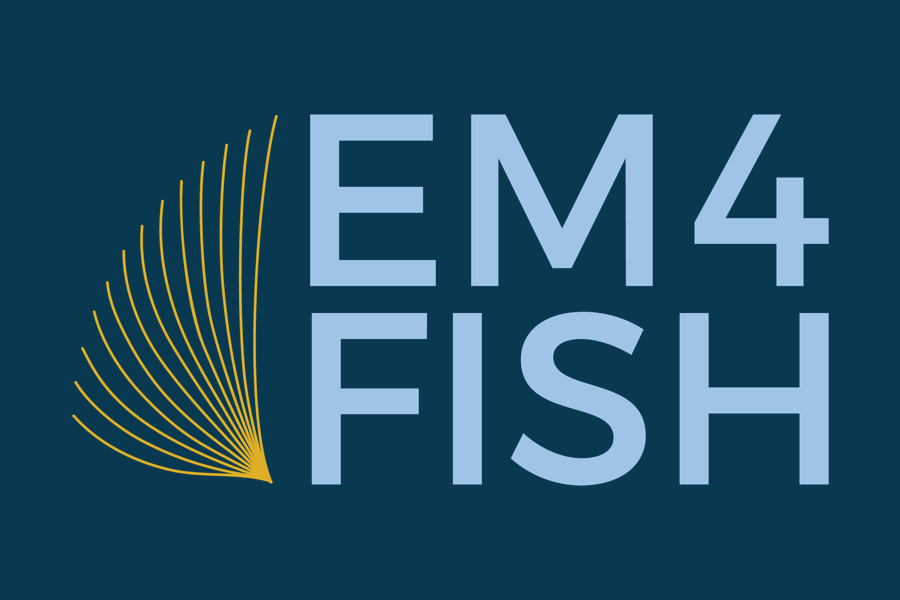SEAFOODNEWS.COM [Seafood News] – April 10, 2017
The Pacific Fishery Management Council heard updates on an exempted fishing permit (EFP) and took final action to approve electronic monitoring (EM) in the bottom trawl and non-whiting midwater trawl fisheries. The Council is meeting this week in Sacramento, Calif.
Fishermen, regulators and NGOs like Environmental Defense Fund and The Nature Conservancy have long been interested in EM’s potential as an alternative to the 100 percent human observer coverage requirement for fishing vessels targeting groundfish in the two trawl sectors. This is a follow-on to the Council’s 2016 action authorizing EM for the fixed gear and whiting sectors of the fleet, and once implemented will allow anyone in the West Coast trawl groundfish catch shares program to use EM in lieu of human observers.
Four EFPs for the various gear types have been active since 2015, testing camera systems and EM video data review protocols, and evaluating costs for fishermen. The Council’s final action builds on lessons learned in those EM trials and reflects increased confidence that EM can work in the trawl sector.
Although some questions remain about the final EM program – including a formal implementation date, optimal level of video review, specifics of estimating Pacific halibut bycatch mortality and whether the video review contract now held by Pacific States Marine Fisheries Commission will need to go out for third-party bids – the approval is a significant step forward for groundfish trawlers.
In addition to recommendations from its Groundfish Electronic Monitoring Policy Advisory Committee (GEMPAC), Groundfish Management Team (GMT) and Groundfish Advisory Panel (GAP), the Council also heard public comments from industry reps, EFP participants and NGOs involved with the EFPs. Based on those aligned recommendations, the Council’s near-unanimous motion aimed at maintaining necessary accountability at the lowest possible cost included:
- That logbooks serve as the primary data source for documenting at-sea discards, and that video review serves to confirm the accuracy of logbook data;
- That review rates for video begin at 100 percent but will be lowered in the future to the level sufficient to confirm the accuracy of discard data and maintain incentives for fishermen to continue employing best practices;
- That Pacific States Marine Fisheries Commission continues as the video reviewer;
- That methods to accurately account for discard mortality of Pacific halibut be developed.
Oregon Trawl Commission Director Brad Pettinger noted in his testimony that the significant cost-savings potential of EM – while maintaining 100 percent accountability – can add substantially to a fishing vessel’s bottom line.
“The indicators are that we can eventually get costs-per-day to the $200 – $300 range, which would be a dramatic cost savings over human observers,” Pettinger said in a statement.
Costs of human observers on vessels are estimated at around $500 or more per day.
Trawl sectors such as Pacific whiting would likely see greater cost savings than non-whiting trawl groundfish sectors.
The West Coast trawl catch shares program also utilizes catch monitors at the first receiver to track offloads. As participants have noted, human observers typically step off the vessel to become the catch monitor during offload.
The Environmental Defense Fund noted that while catch monitors are not part of the EFP, the issue should be addressed in the future.
“In geographically dispersed, lower volume ports (such as in California), the ability to train and retain [catch monitors] has been challenging. We have heard from industry as well as CM contractors that filling and funding these positions has been challenging under an EM model,” EDF noted in a public comment letter to the Council. “We encourage Council and NMFS to consider allowing cameras dockside, relaxing eligibility requirements for CMs or a combination of both to address this oncoming problem before it starts to prohibit participation in the fishery.”
A consistent theme of both Council and hallway discussions was that NMFS should look for every opportunity to streamline implementation procedures, keep costs down and put EM on the water as soon as practicable.

